Tie rods are an integral part of your vehicle’s steering system, often unnoticed until they start to fail. Understanding their function, lifespan, and maintenance can save you from unexpected steering issues and ensure a safer driving experience. This guide will explore everything you need to know about tie rods, from their purpose to replacement tips.
Table of Contents:
1. What are tie rods?
2. What does a tie rod do?
3. How to choose the right tie rods
4. How long do tie rods last?
5. How to replace tie rods
6. How much are tie rods?
7. Conclusion
What are tie rods?
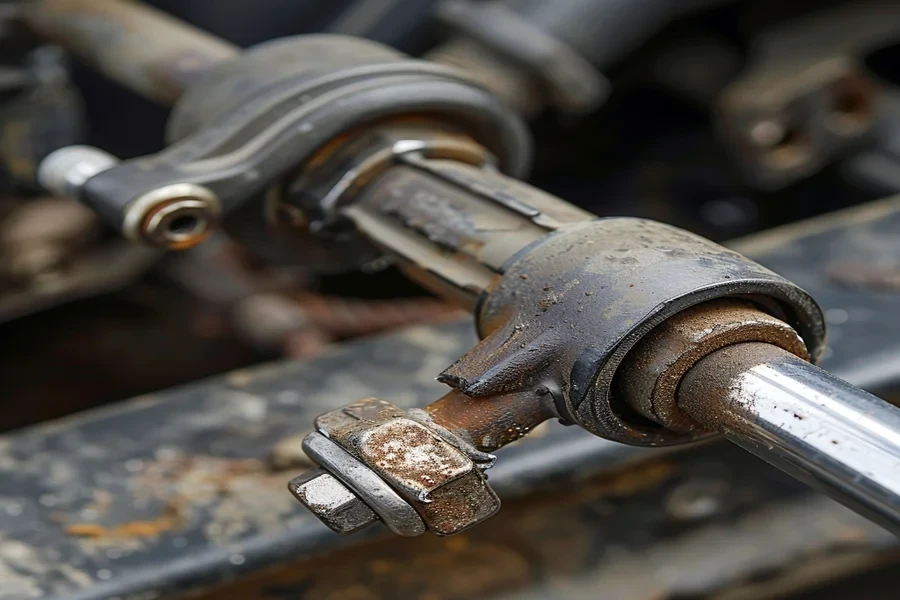
Tie rods are crucial components of your vehicle’s steering mechanism. They are slender, rod-like parts made of high-strength steel, connecting the steering rack or center link to the steering knuckle on each front wheel. Essentially, tie rods transfer the movement from the steering gear to the wheels, allowing for smooth and controlled steering. There are two types of tie rods: inner and outer. The inner tie rod connects directly to the steering gear or rack and pinion, while the outer tie rod connects to the steering knuckle, making it responsible for the pivoting movements necessary for steering.
What does a tie rod do?
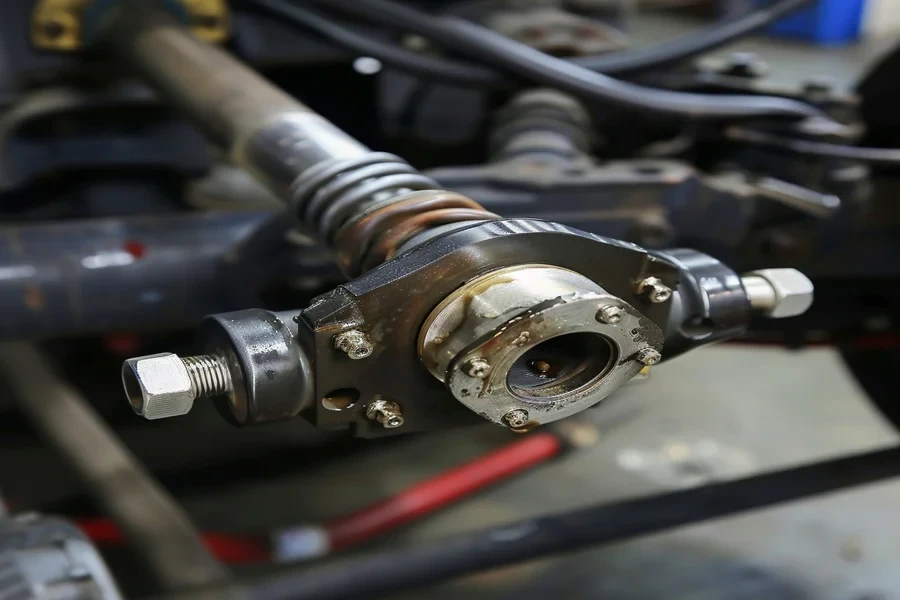
The primary function of tie rods is to transmit force from the steering center to the wheels, enabling the vehicle to steer left or right. When you turn the steering wheel, the motion travels through the steering shaft to the steering gear, which then moves the tie rods to push or pull the wheels in the desired direction. This complex interaction ensures that your vehicle responds accurately to your steering inputs, providing a stable and controlled driving experience. Moreover, tie rods play a critical role in aligning the wheels, affecting the vehicle’s handling, tire wear, and overall safety.
How to choose the right tie rods
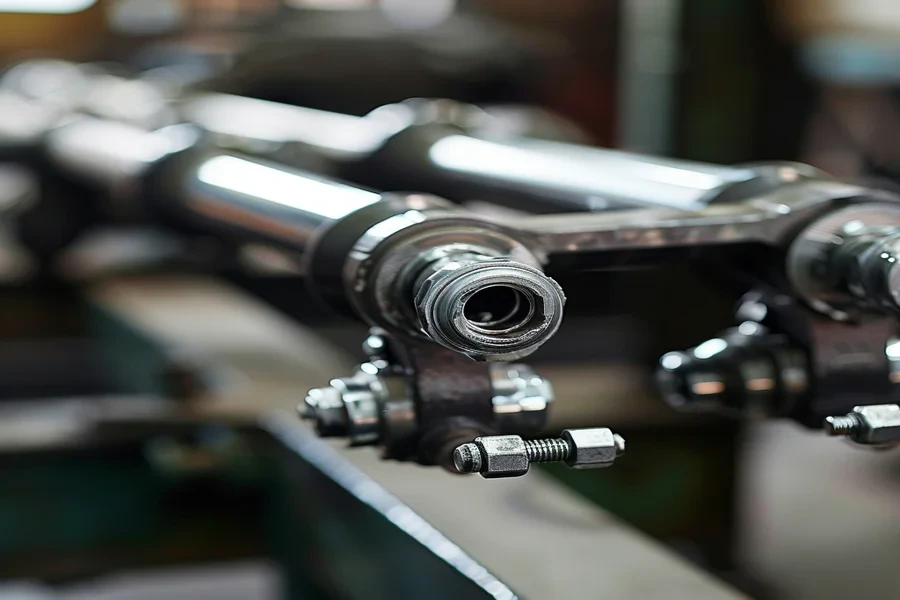
Choosing the right tie rods for your vehicle is essential for maintaining optimal steering performance and safety. First, consider the make, model, and year of your vehicle to ensure compatibility. Different vehicles require specific types of tie rods, depending on their steering and suspension design. Secondly, consider the quality of the tie rods. Opt for high-quality, durable materials that can withstand the stresses of daily driving. Lastly, think about your driving conditions. If you frequently drive on rough roads or engage in off-road activities, you might need tie rods designed for higher durability and strength.
How long do tie rods last?

The lifespan of tie rods can vary significantly based on driving habits, road conditions, and the quality of the tie rods themselves. On average, tie rods can last anywhere from 50,000 to 100,000 miles. However, harsh driving conditions, such as driving on bumpy or unpaved roads, can accelerate wear and tear, reducing their lifespan. Regular vehicle maintenance and inspections can help identify worn tie rods early, preventing further damage and ensuring your vehicle remains safe to drive.
How to replace tie rods
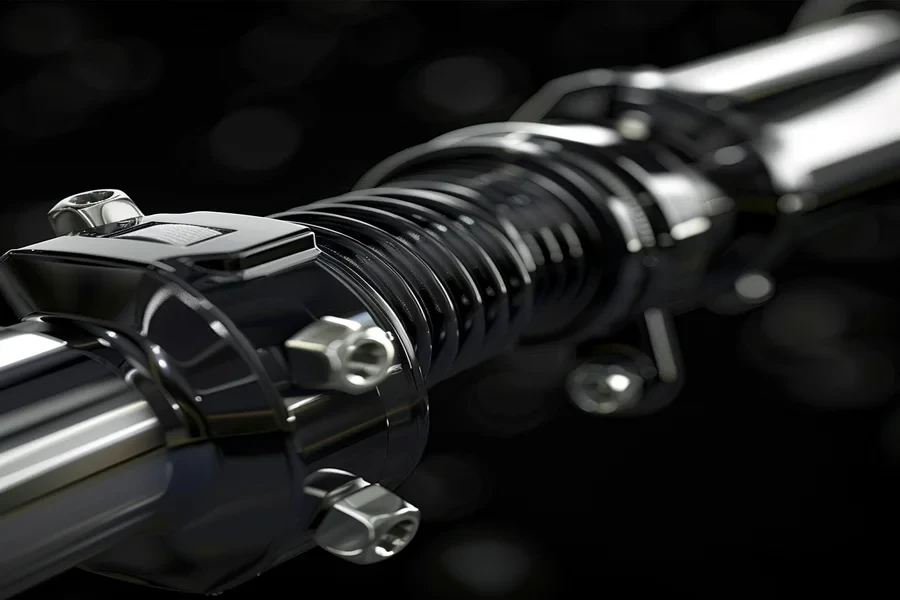
Replacing tie rods is a task that can be performed by a skilled DIYer or a professional mechanic. The process involves several steps: lifting the vehicle and removing the wheel to access the tie rod, loosening the jam nut, and then unscrewing the tie rod end from the steering knuckle and tie rod shaft. It’s crucial to measure the length of the old tie rod before removal to ensure the new one is installed at the correct length, maintaining proper wheel alignment. After installing the new tie rod, a professional wheel alignment is highly recommended to ensure the vehicle’s steering and suspension geometry are correctly set.
How much are tie rods?
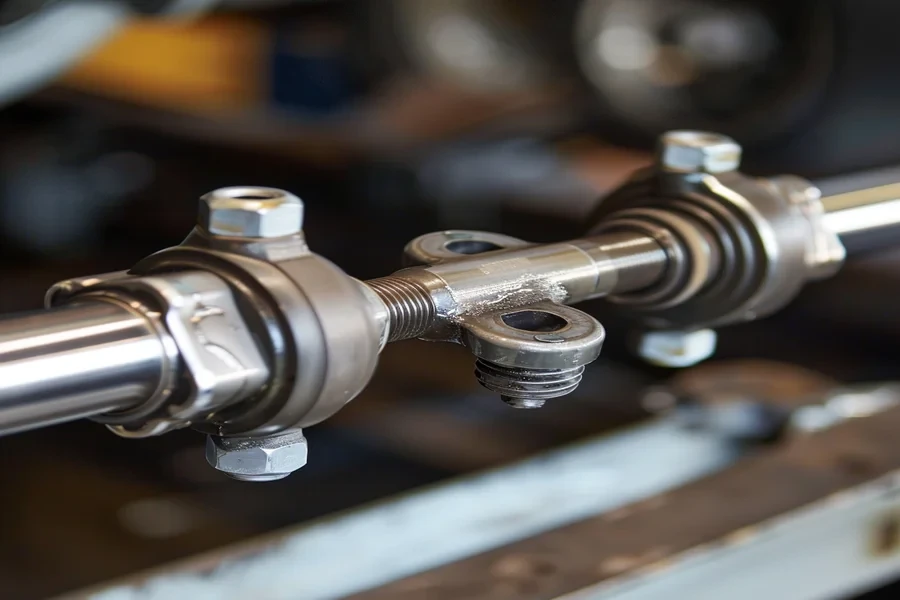
The cost of tie rods can vary widely depending on the vehicle make and model, the quality of the parts, and whether you’re replacing the inner, outer, or both tie rods. On average, the price for a single tie rod ranges from $20 to $100 for the part alone. If you opt for professional installation, labor costs can add another $50 to $150 to the total price. Considering the critical role tie rods play in vehicle safety and handling, investing in high-quality parts and professional installation is advisable for the best results.
Conclusion
Tie rods are vital to your vehicle’s steering system, playing a key role in ensuring a smooth, responsive, and safe driving experience. Understanding their function, knowing how to choose the right ones, recognizing the signs of wear, and learning about their replacement can help you maintain your vehicle’s performance and safety. Regular inspections and timely replacement of worn tie rods are essential to keeping your vehicle in top condition and avoiding unexpected steering issues.
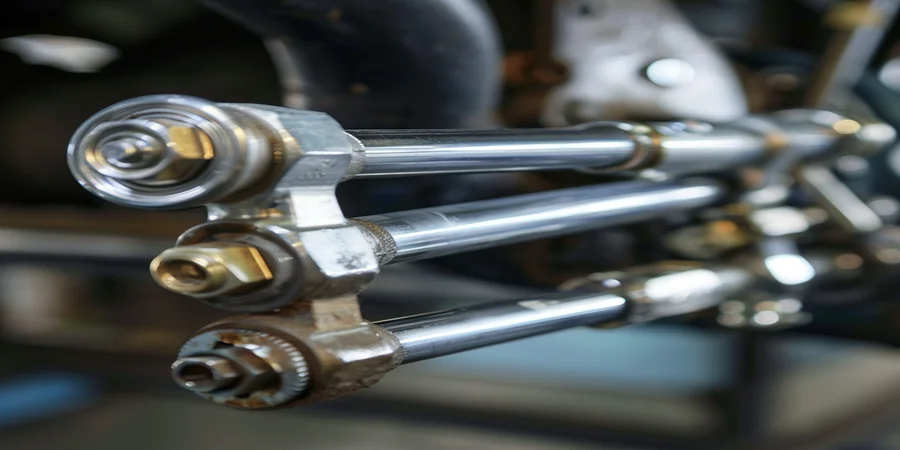




 বাংলা
বাংলা Nederlands
Nederlands English
English Français
Français Deutsch
Deutsch हिन्दी
हिन्दी Bahasa Indonesia
Bahasa Indonesia Italiano
Italiano 日本語
日本語 한국어
한국어 Bahasa Melayu
Bahasa Melayu മലയാളം
മലയാളം پښتو
پښتو فارسی
فارسی Polski
Polski Português
Português Русский
Русский Español
Español Kiswahili
Kiswahili ไทย
ไทย Türkçe
Türkçe اردو
اردو Tiếng Việt
Tiếng Việt isiXhosa
isiXhosa Zulu
Zulu